Locked In.
I was strolling through Nashville’s Centennial Park and, when I crossed a small bridge that’s mostly just decorative, I looked down and saw this:
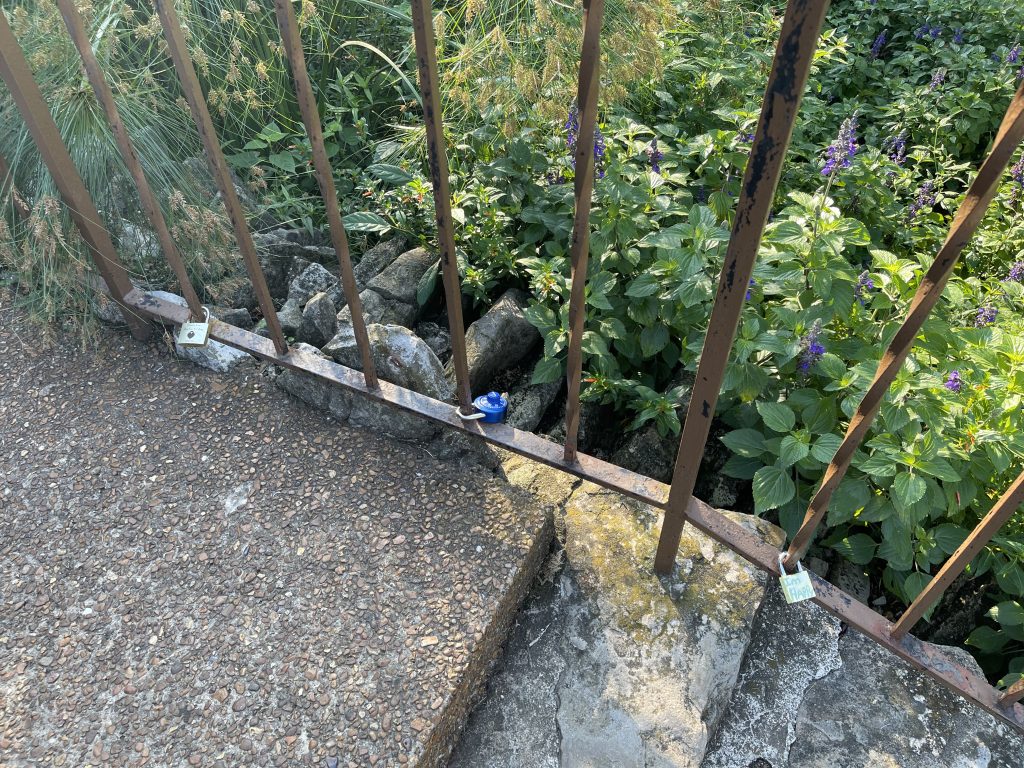
There were locks on the other side too and I don’t know why I didn’t take more pictures of them. Maybe it was because this really caught my attention:

And here’s where my inner art critic comes out because I thought whoever did this, and it may have been several people, was wonderful. It’s such a simple, brilliant idea, and I don’t know if the person or persons responsible meant it to have any deeper meaning but it seems like this was symbolic of someone letting go of something that was holding them back, something that had them metaphorically locked in. By taking an actual lock and leaving it behind they were metaphorically freeing themselves.
There’s a lot of cultural history in such an act. Writing down something you want to rid yourself of and burning the paper is a common practice, as is imbuing an object with the idea of something then destroying the object. And, you know, scapegoats were once actual goats.
Not to get too far afield with this idea but it also reminded me of the cure for warts in The Adventures of Huckleberry Finn, as described by Huck himself:
You take and split the bean, and cut the wart so as to get some blood, and then you put the blood on one piece of the bean and take and dig a hole and bury it ’bout midnight at the crossroads in the dark of the moon, and then you burn up the rest of the bean. You see that piece that’s got the blood on it will keep drawing and drawing, trying to fetch the other piece to it, and so that helps the blood to draw the wart, and pretty soon off she comes.
I don’t know if leaving a lock behind really did work for anyone who did it. I hope so. It sure made me happy.



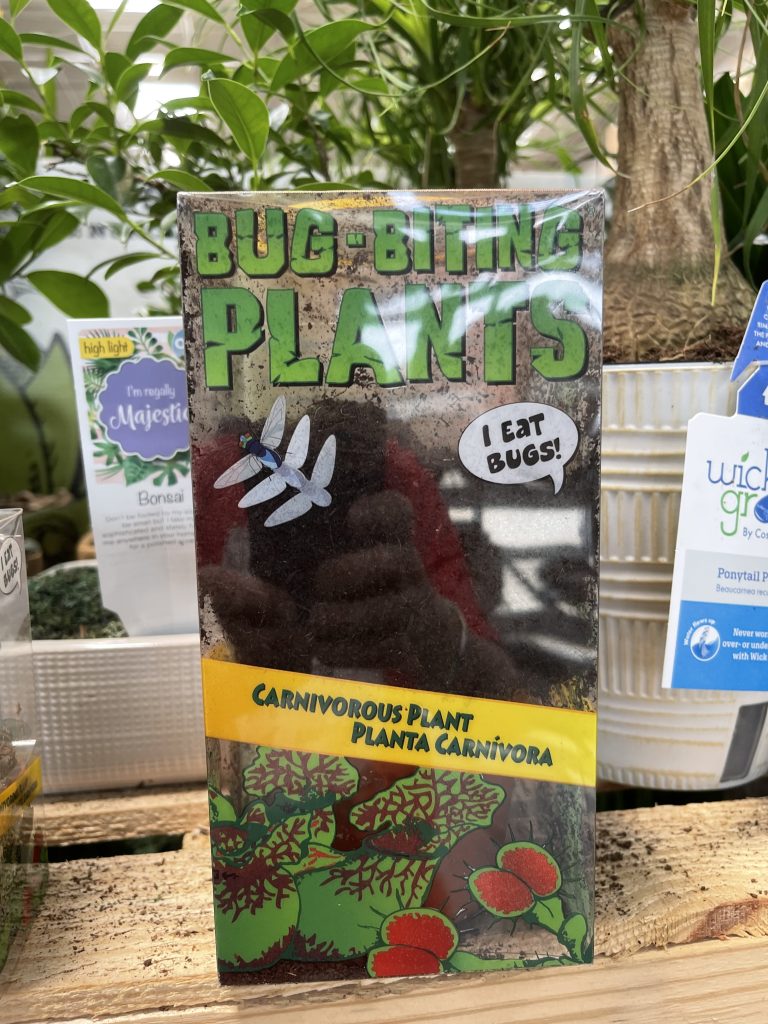 The other day I went into one of those giant hardware stores to get some light bulbs. I was also trying to get in at least ten-thousand steps for the day and I once walked more than two and a half miles through one of those stores—not on purpose; I was trying to find someone who could get something off a high shelf, but that’s another story.
The other day I went into one of those giant hardware stores to get some light bulbs. I was also trying to get in at least ten-thousand steps for the day and I once walked more than two and a half miles through one of those stores—not on purpose; I was trying to find someone who could get something off a high shelf, but that’s another story.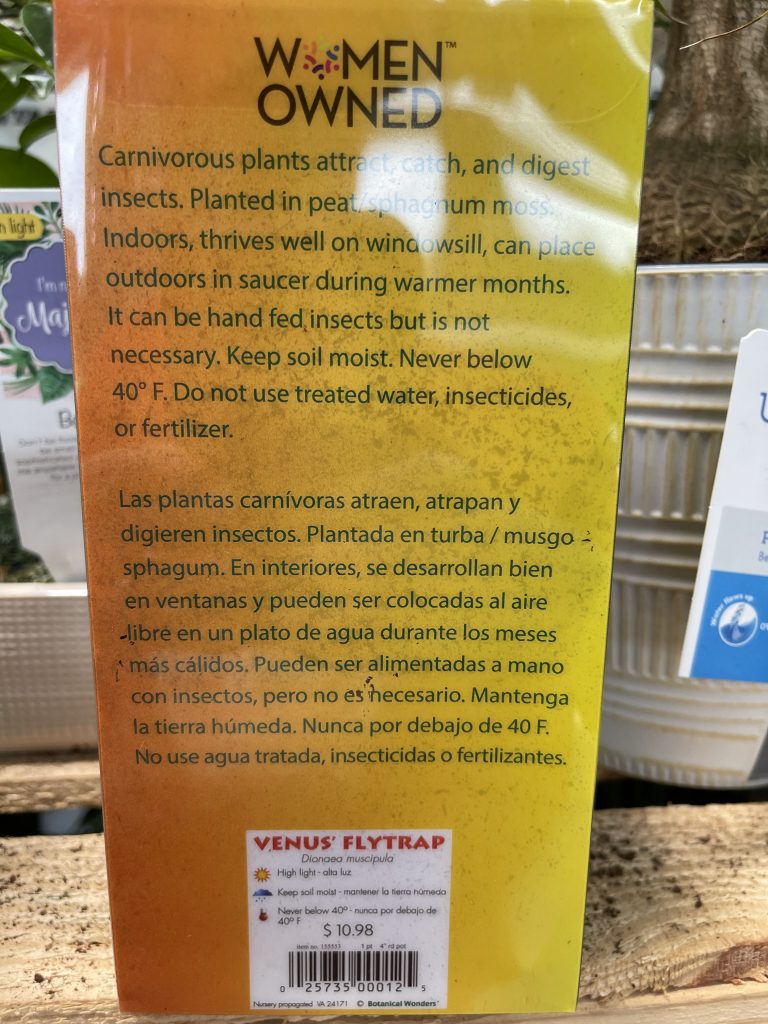
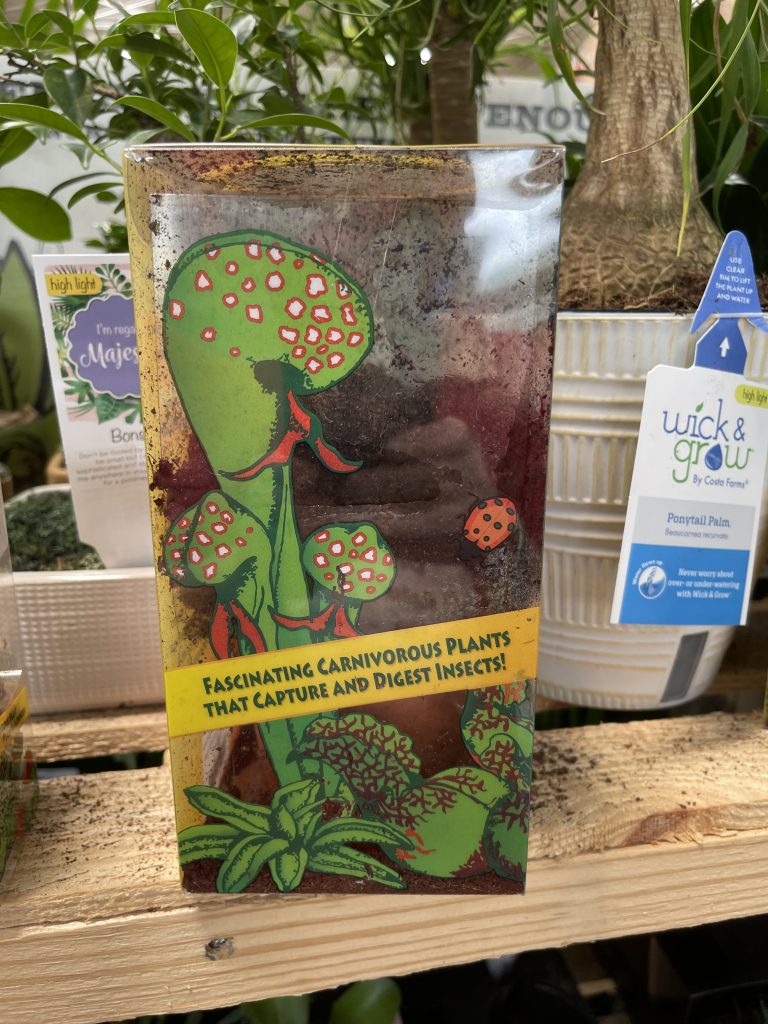 The plants in the boxes had also been dead for so long I really couldn’t tell what they were but one picture shows what looks like a cobra lily or California pitcher plant, or Darlingtonia californica if you want to get scientific about it. It’s a cool looking plant but it’s also not one for a casual grower. It’s not one even most experienced growers want. It’s got very special needs and, while I have heard of people trying to grow it at home, the only way they could do it was to rig up a cooler and a pump to provide it the cold running water it likes to have running over its roots all the time.
The plants in the boxes had also been dead for so long I really couldn’t tell what they were but one picture shows what looks like a cobra lily or California pitcher plant, or Darlingtonia californica if you want to get scientific about it. It’s a cool looking plant but it’s also not one for a casual grower. It’s not one even most experienced growers want. It’s got very special needs and, while I have heard of people trying to grow it at home, the only way they could do it was to rig up a cooler and a pump to provide it the cold running water it likes to have running over its roots all the time.

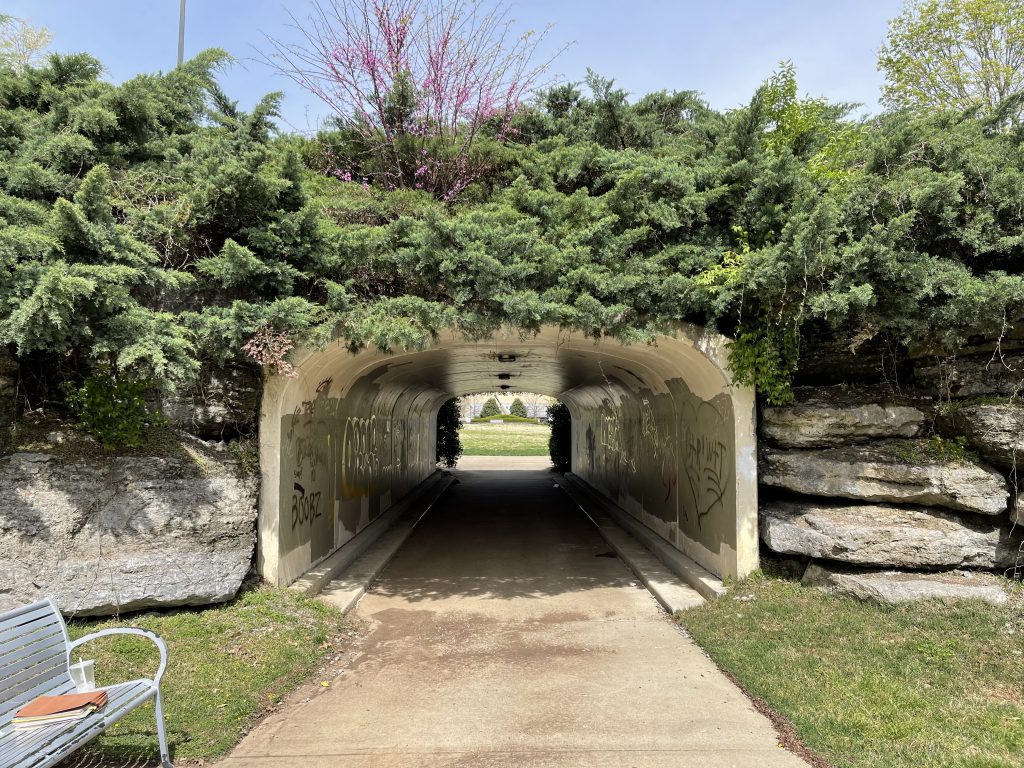
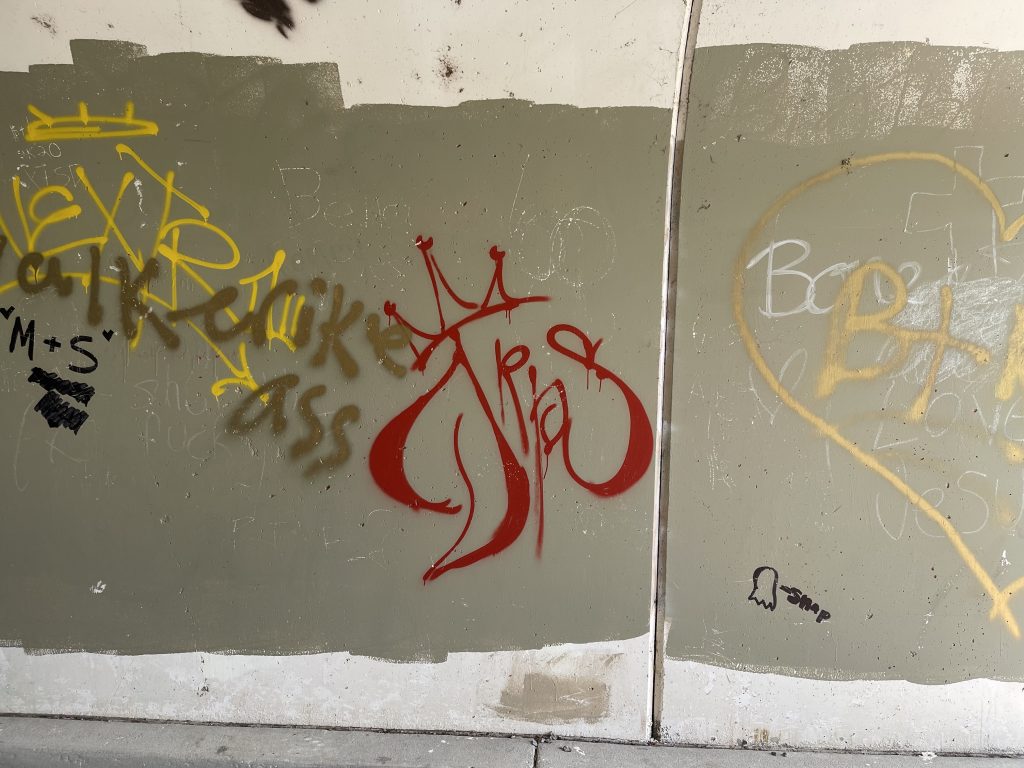

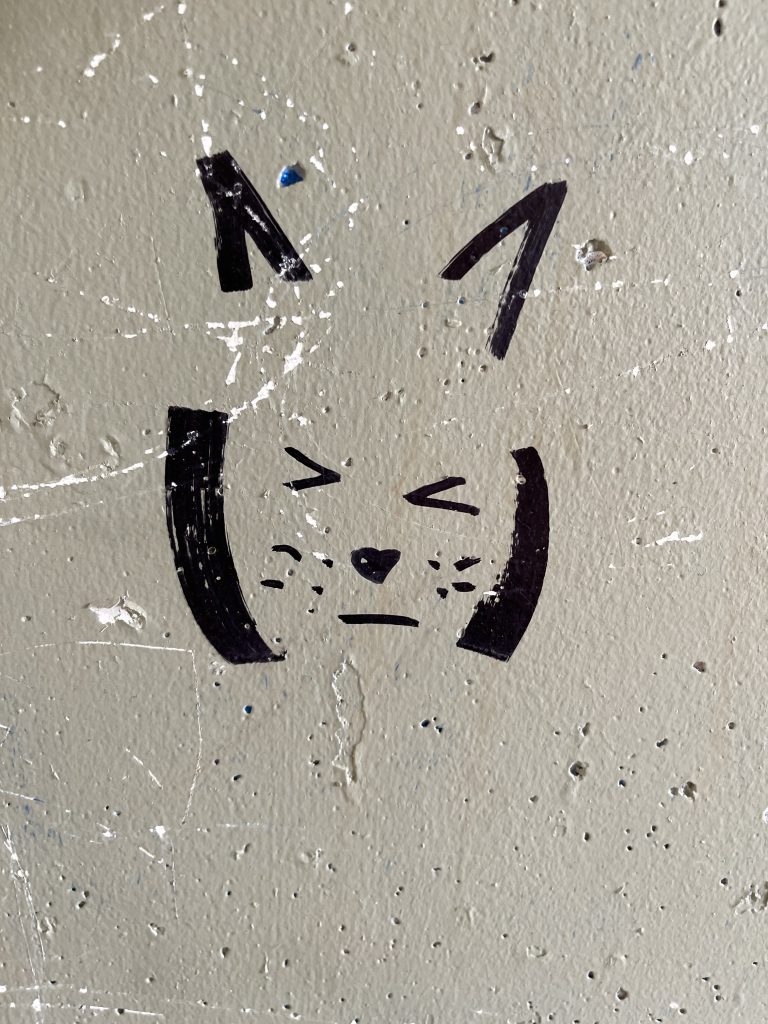
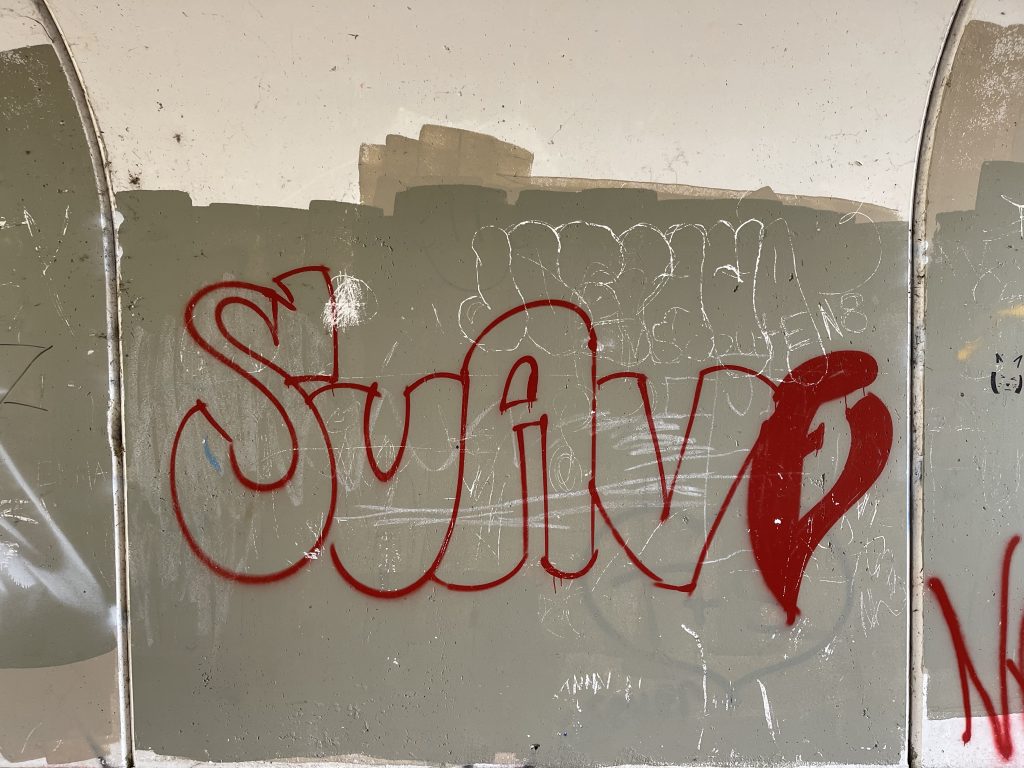






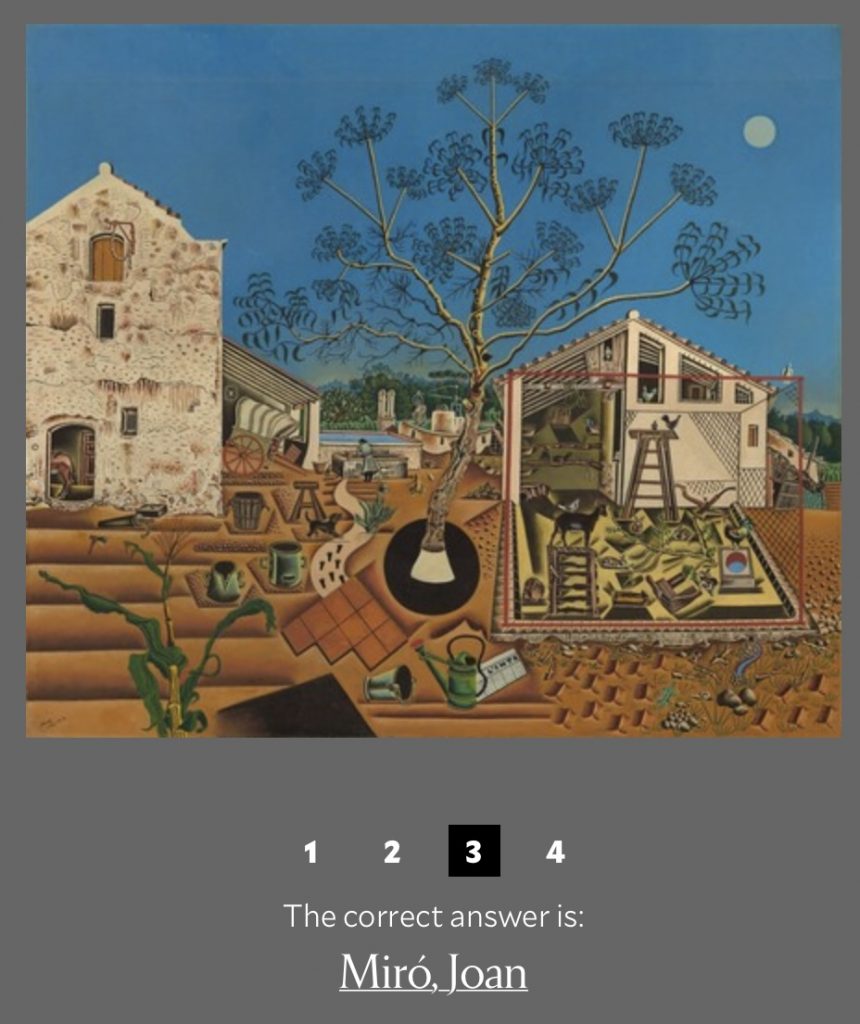
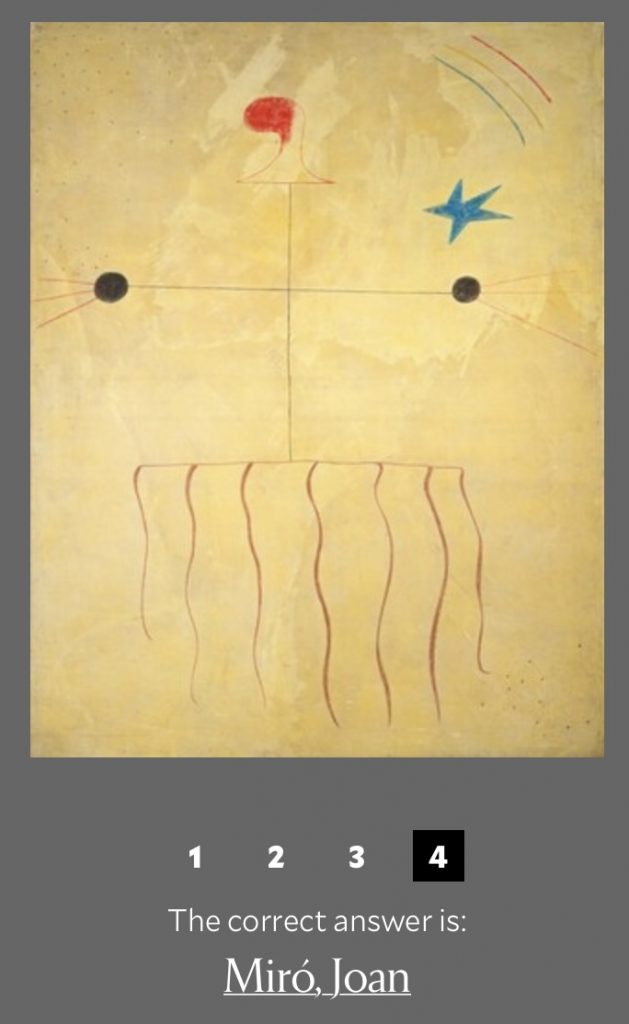


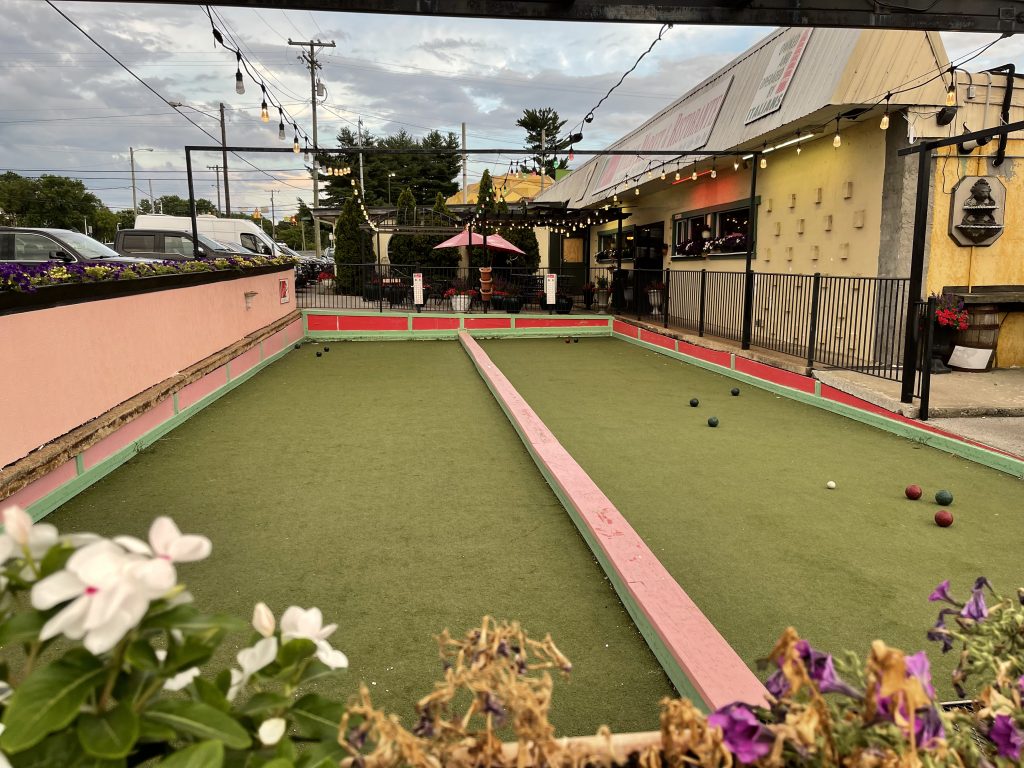


 The
The 
